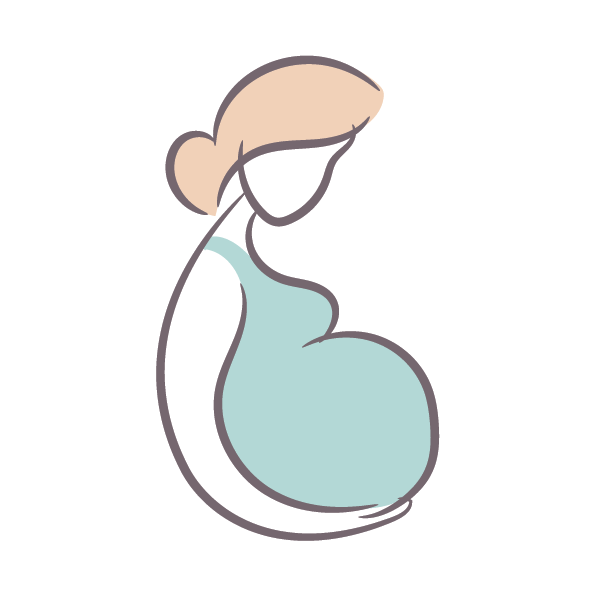Individuals can become certified nurse midwives by first earning an RN license and then completing a certified nurse-midwife program.
What is a Certified Nurse Midwife?

Midwifery is a challenging but rewarding nursing career. Certified nurse-midwives are in constant demand. In most areas, they can provide a full range of obstetric services and deliver babies even in hospitals.
Featured Programs
Because certified nurse-midwives have a great deal of responsibility, this profession requires a great deal of education and training.
Certified nurse-midwives have busy and fulfilling careers. There is a great deal of training and education required, but the pay and intangible rewards are more than worth the investment. If you want to have a positive impact on women’s health, this field may be a good career choice for you.
What are the Education Requirements to Be a Certified Nurse-Midwife?
The path to becoming a midwife begins with earning an RN, or registered nurse, degree and certification. Most Certified Nurse Midwife programs require a Bachelor of Science in Nursing degree (BSN). Some will accept Associate’s degree level RNs and offer a bridge program so that they earn their BSN before beginning the Master’s level portion of their training.
What Degree does a Nurse-Midwife Need?
Most CNM programs also require specific science classes as prerequisites. These usually are included in a BSN program. In addition, many people who enter these programs have had a nursing career of several years in addition to having a nursing degree.
Certified Nurse Midwife programs are considered graduate school. Thus, most people will have graduated from a university with a Bachelor’s degree before applying to and being accepted to accredited programs. In the United States, accredited CNM programs are approved by either the American Midwifery Certification Board (AMCB) or the Accreditation Commission for Midwifery Education (ACME).
How Long Does it take to Become a Certified Nurse-Midwife?
Once a person has matriculated into a Certified Nurse Midwife program, they will have to complete a rigorous program of both academic learning and situational training. Most programs include around two years of full-time academic learning as well as more than one thousand hours of training in obstetrics and gynecology. These programs usually require two to three years. They are very intensive; most people cannot work and need a great deal of help with family obligations.
Once the student midwife has graduated from her certified nurse midwife training program, they will need to take a certification exam and also get a license from the state in which they plan to practice. All areas of the United States offer a license for certified nurse midwives, although their duties and degree of independence vary.
The History of Certified Nurse-Midwives
Midwives have existed for millennia, but formally trained and educated certified nurse-midwifery is a relatively modern career. Nurse-midwives provide medical care in Europe and other regions of the world. However, the first nurse-midwife training program in the United States began less than a century ago as an attempt to provide medical care to women in rural Appalachia. The American College of Nurse-Midwives, which still is an authority in certification and licensing, began in 1955.
What Do Certified Nurse-Midwives Do?
Once they have completed certification, a certified nurse-midwife performs a variety of duties involving women’s health care. Most people associate midwives with labor and delivery, which is definitely a large part of the modern nurse midwife’s daily work. In addition, they can perform gynecological well-woman care including exams and preventative care. They also can help with breastfeeding and newborn care.
Where can Nurse-Midwives Work?
Most certified nurse midwives work under the supervision of an obstetrician, both in clinics and in hospitals. In most cases, nurse midwives in the United States do not attend home births. Certified nurse-midwives provide a better, more personal experience for women.
Midwives train to avoid interventions and support healthy, natural labor. Women who use midwives generally have better labor outcomes and are more pleased with their birthing experience than those who use obstetricians.
Related: